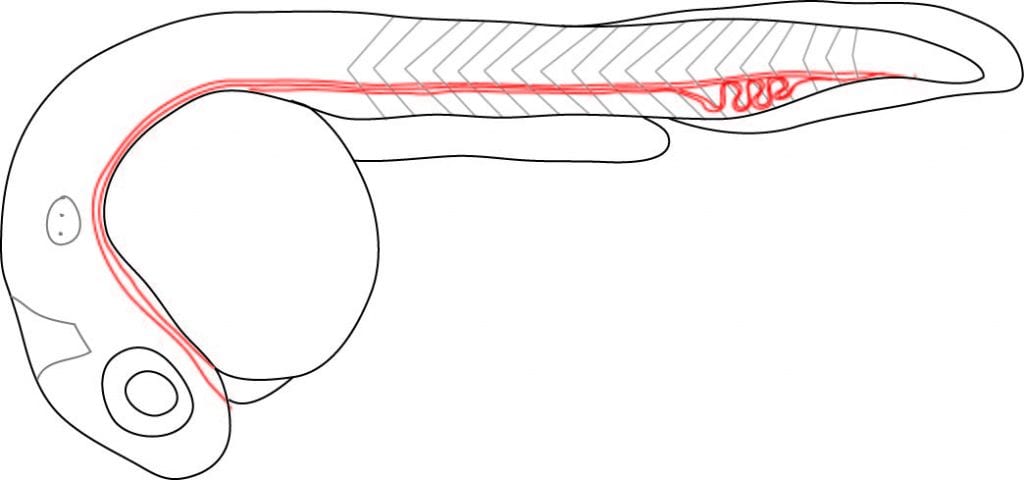Wnt9a/Fzd9b/EGFR in hematopoietic stem cells
In our previous study (Grainger and Richter, 2016, Cell Reports), we determined that a very specific Wnt signal (through only Wnt9a) is required for the amplification of hematopoietic stem cells earlier in development than was previously thought. In our follow up study (Grainger, 2019, Nature Cell Biology) , we found that the specific Wnt9a signal is received by Fzd9b, and that signaling specificity is conferred by the epidermal growth factor receptor (EGFR). We are now working on learning more about this signaling axis in the fish and in the dish.

How do non-canonical Wnt signals arise?
One of the major questions in the Wnt field has been how signals that do not rely on beta-catenin (also known as non-canonical Wnt signals) arise. Whether there are specific functions for Wnt ligands or Fzd receptors in these signals, and how they are transduced has been difficult to decipher. Using zebrafish paired with human cells in the dish, we are attempting to figure some of this out. Stay tuned to see if we are successful!